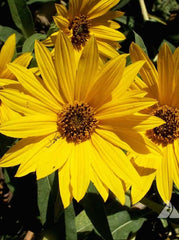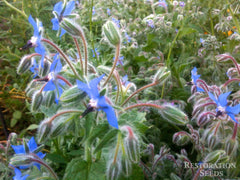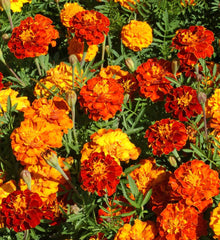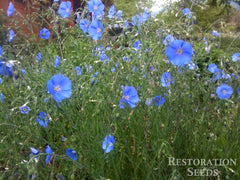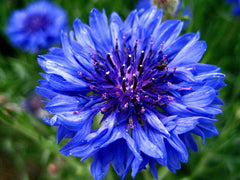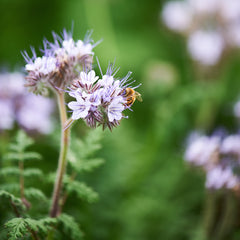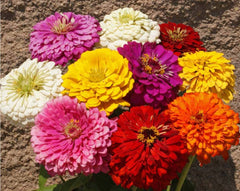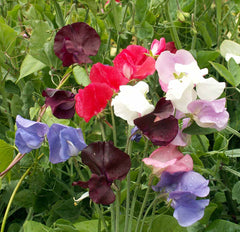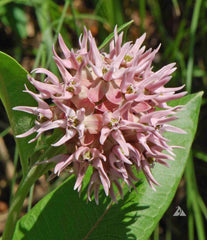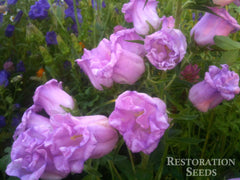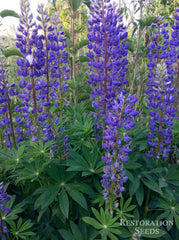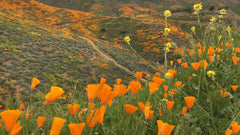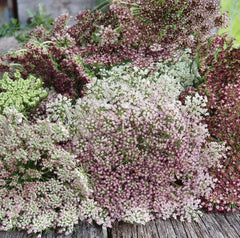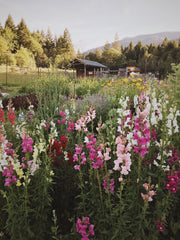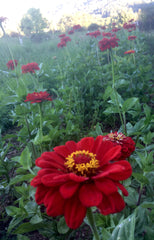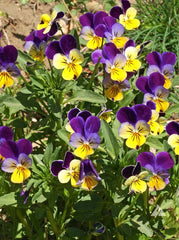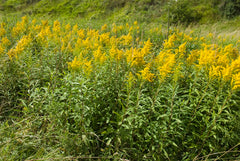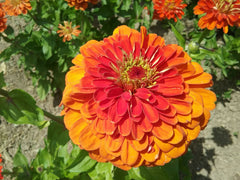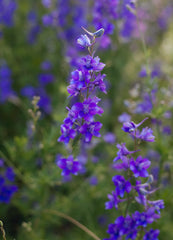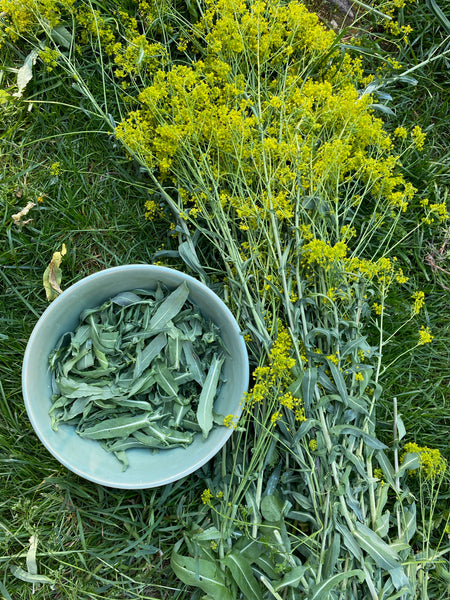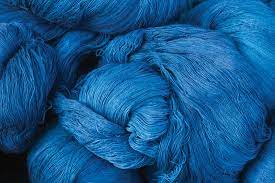Woad
HOW TO GROW WOAD
Start seeds indoors 4-6 weeks before the last frost for spring planting. Transplant starts 12” apart in moist, well drained soil. Direct sow outdoors in spring, 2-3” apart, and thin to 12”. Also possible to sow seeds in the fall and let over-winter in the soil. Plants will thrive in full sun or partial shade. If you let woad go to seed, it will volunteer in your garden for years to come. It is considered an invasive weed in the Western states, so please use care and cut seed heads before plants go to seed. Hardiness zones 5-9. Biennial.
Planting Depth 1/2"
Soil Temp. Germ. 65-70
Days to Germ. 7-14
Plant Spacing 12”
Row Spacing 12”
Full Sun, Moist Well Drained Soil
Planting Depth 1/2"
Soil Temp. Germ. 65-70
Days to Germ. 7-14
Plant Spacing 12”
Row Spacing 12”
Full Sun, Moist Well Drained Soil
- 50 Seeds$4.10
Ode to woad! Woad is a traditional dye plant used for over 2000 years in Europe that makes a beautiful blue dye. Only within the last century was woad replaced by indigo to create blue dyes. Woad plants grow 3’ tall and produce small yellow flowers in its second year. The flowers produce deep purple pods. It’s wise ...
Ode to woad! Woad is a traditional dye plant used for over 2000 years in Europe that makes a beautiful blue dye. Only within the last century was woad replaced by indigo to create blue dyes. Woad plants grow 3’ tall and produce small yellow flowers in its second year. The flowers produce deep purple pods. It’s wise to harvest the entire plant before it goes to seed, as the plants are highly invasive in the western states. The blue dye is obtained from the leaves. Deer resistant, pollinator attractor, drought tolerant. Cannot ship to Washington State as it is considered a noxious weed. Tags: Color: Yellow, Size: Large, Specialty: Dye Plant, Season: Spring, Summer.
Originally from Europe. Used by Celtic warriors to paint their bodies ceremonially blue before battle. The Celtic word for paint is “Brith” and “Brithon” which means “stained man”. Another species of Woad, Isatis indigotica, or Chinese Woad, is a traditional Chinese medicine that has been used for thousands of years.
Originally from Europe. Used by Celtic warriors to paint their bodies ceremonially blue before battle. The Celtic word for paint is “Brith” and “Brithon” which means “stained man”. Another species of Woad, Isatis indigotica, or Chinese Woad, is a traditional Chinese medicine that has been used for thousands of years.
Learn More
Meet Your Farmer
We promote fair trade, organic practices and environmental responsibility throughout the Restoration Seeds supply chain. Below are the family farmers and seed suppliers who bring our open pollinated seeds to you.
Idyllwild
Conventional
Seed grower since 2018
![]()
Idyllwild was born of our joyful curiosity and celebration of nature’s diverse gifts. Following nature’s model of open dispersal and dissemination, we share these seeds with you and invite you to play in the garden of abundance. We learn from nature and she has taught us to live and think in terms of “abundance” instead of “scarcity”. Diversity - in all forms, from genetic to creative expression - is the heart of resilience. We enjoy experimenting with myriads of flavors, colors, and textures and the world opens to us in infinite possibilities. As a result, we are nourished in body, mind, and spirit.
Reviews
